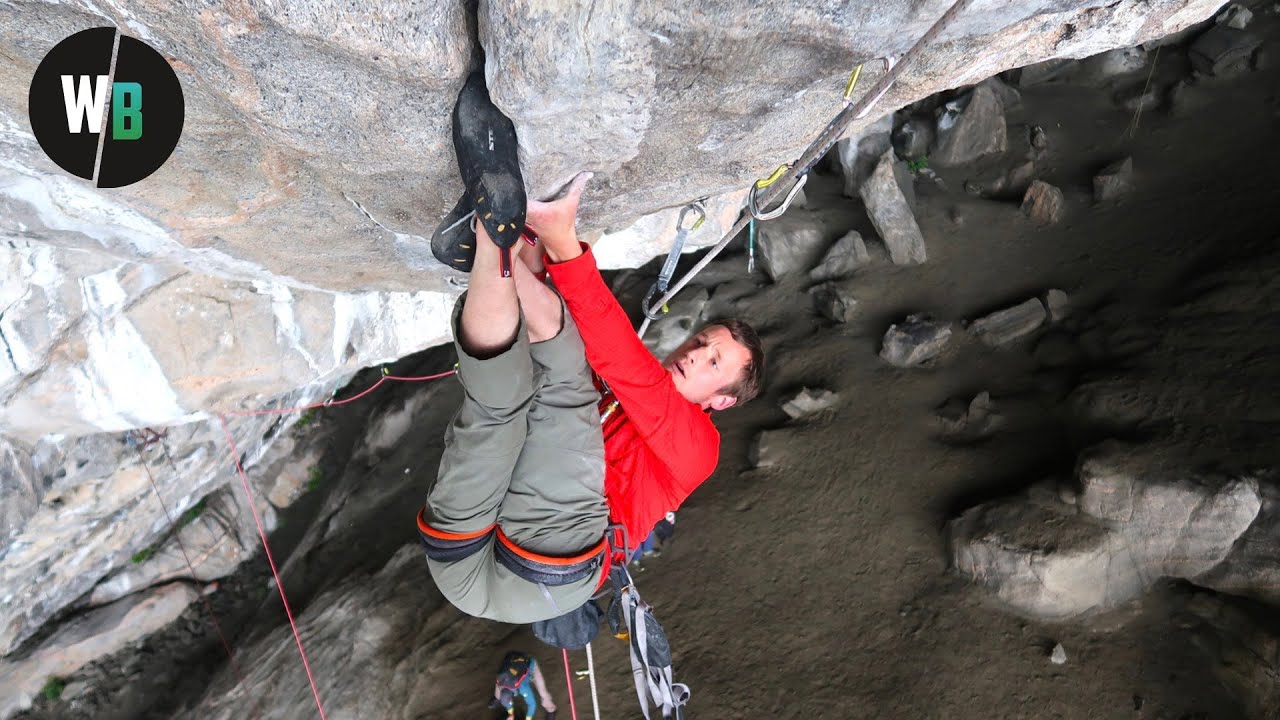Pete Whittaker Finds Possible New Sequence for Silence Crack

"None"
Silence was the world’s first 5.15d, and it’s still only one of two routes of the grade. It’s one of the hardest rock climbs in the world. Seeing that a small portion of the crux involved a crack, crack expert Pete Whittaker decided to give it a try during a recent trip to Norway. While he did not climb the moves before or after the crack, he did find a possible new sequence for that one crux. After reading Ondra’s response (below) it might not make the route any easier, but it’s interesting and fun to watch either way.
A note from Pete Whittaker:
Just making it clear on a few points right from the beginning:
I never started the crack from below the crack, so I have no idea whether the sequence I was using would in fact work when climbing from below. Yes, you can get your hands and feet into the positions I had them in, but whether you can get them into these positions well enough to enable you to execute the crack climbing sequence above, I’ve no idea.
The crack climbing sequence that I used wasn’t simple, it involved thin and technical foot and hand jamming. Secure, but technical and difficult would be my words to describe it.
I hope it’s an alternative sequence that someone strong enough can climb into, use effectively and find useful for a future ascent.
A note from Adam Ondra:
I really enjoyed watching this video, and I was looking forward to when Pete or Tom would finally check it out. Linking the crux (even though there are harder single moves lower down) was jamming my left foot properly, while being super extended holding the slopey hole with right hand down low, and then getting into the holds right underneath the foot jam. From there on, it was all about this massive drop knee, which makes the “crack section” a one mover, instead of technical jamming and making more moves.
I would often get into the position where Pete is starting from, with my foot jam sliding half out and there was no way to drop the knee, because I was in the air before I dropped the knee. At the same time, if the foot jam stuck perfectly, I would never fall in the drop knee any more. So, I do not think that the new jamming beta would help me because you still need the foot jam in the correct place in order to move your feet higher.
In my point of view, I guess the new beta might be similar difficulty for me (I totally agree I still have a lot to learn about jamming though), but new beta requires wearing flat shoes on both feet (instead of soft downturn shoe on my right) which would definitely make the other sections harder for me.
Great news is that the route is possible without dislocating the knee though, which makes the route much better!